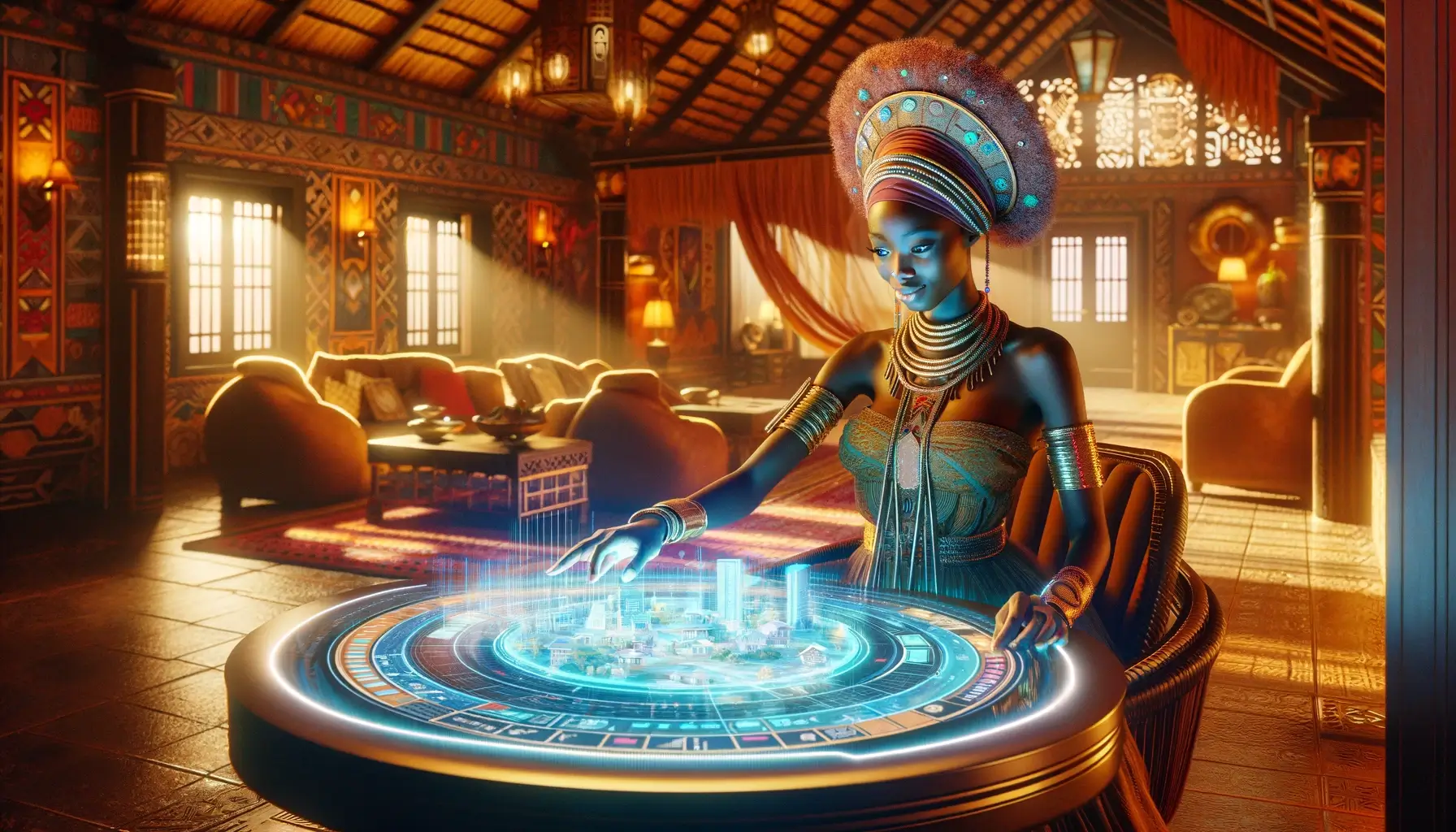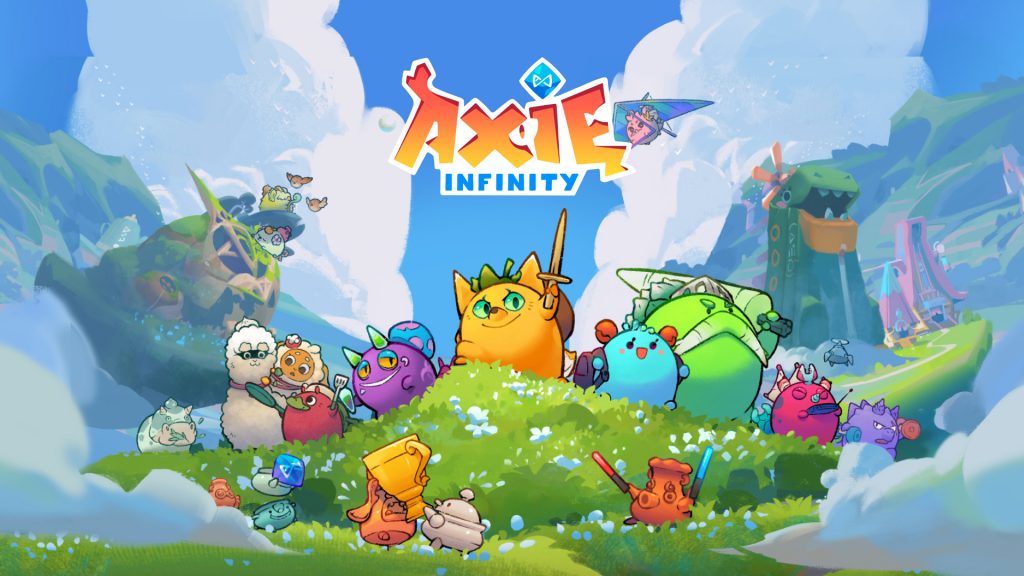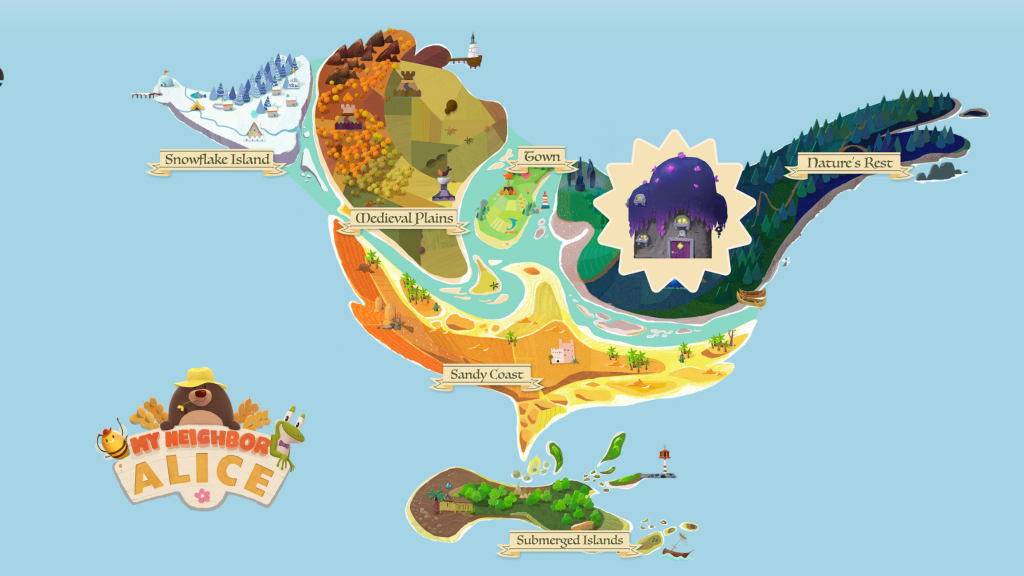The rise of GameFi marks a significant shift in the gaming and finance industries, blending the thrill of gaming with the lucrative potential of decentralized finance (DeFi). At the heart of this evolution is the integration of blockchain technology, enabling players to earn real value from their gaming achievements.
Understanding GameFi’s Ascension
The concept of GameFi is built upon the foundation laid by decentralized finance (DeFi) and non-fungible tokens (NFTs), offering players genuine ownership of in-game assets. This transformative approach has not only captivated gamers but also attracted substantial investment, signaling a promising future for the intersection of gaming and finance.
GameFi’s growth is underscored by impressive statistics: the market saw a surge from $82 million in sales in 2020 to $5.17 billion in 2021. This exponential growth is a testament to the increasing adoption of cryptocurrencies and NFTs, driven in part by the allure of GameFi. The sector’s expansion is propelled by an annual growth rate of 17.93%, with projections suggesting it could reach $8.86 billion by 2028.
The Mechanics of GameFi
At its core, GameFi introduces an economic layer to gaming, enabling players to monetize their in-game achievements through digital asset ownership. Assets, such as avatars, pets, or tools, are minted as NFTs, ensuring verifiable ownership and authenticity. This aspect is further enriched by incorporating DeFi elements like staking and yield farming, offering players additional avenues to earn rewards.
GameFi’s Influence on Mainstream Gaming and Investment
The allure of GameFi has not gone unnoticed by mainstream gaming giants and investors alike. Companies like Ubisoft and Zynga have ventured into GameFi, signaling a broader acceptance and integrating blockchain technologies into their offerings. This convergence of traditional gaming with GameFi paves the way for innovative gaming experiences and opens up new investment opportunities.
A Couple of very Profitable GameFi Games
Upland
Upland is a captivating GameFi project that uniquely blends the world of blockchain with virtual real estate trading. This innovative Play to Earn game allows players to buy, sell, and trade virtual properties mapped to real-world locations. Cities within Upland include a wide range of locales from San Francisco, California, to Rio de Janeiro, Brazil, offering players a global playground.
At the core of Upland’s gameplay is the acquisition and management of virtual properties using the in-game currency, UPX. Players start by purchasing properties, which can be done using PayPal to buy UPX. With a fixed exchange rate, UPX enables transactions within the game, including property purchases ranging from affordable FSA (Fair Start Act) properties aimed at newcomers to more premium offerings.
Upland’s strategy involves various levels of engagement, from treasure hunts that reward players with UPX and Spark, to the construction of buildings on owned properties using Spark. The game also encourages the formation of collections, which boost a player’s earnings through increased rent and bonuses for completed collections. Furthermore, players have the option to flip properties for a profit, capitalizing on the increasing value of real estate within the expanding virtual world.
The game doesn’t just focus on individual gains but also fosters a vibrant community. It connects players through digital neighborhoods, social hubs like Upland Cafes, and a variety of events, creating an engaging virtual society. From racing series to exclusive sales, Upland keeps the community engaged with constant new activities and opportunities for interaction.
Upland presents a unique GameFi experience by merging gaming with real-world economics, offering players not just entertainment but also a foray into digital investments and community building. Its innovative use of blockchain technology underpins a dynamic economy and a growing metaverse, inviting players to create, strategize, and expand their empires within a virtual yet semi-realistic, albeit abstracted, world.
Once players have completed the KYC procedure they can start selling their properties and assets for USD and cash out their earnings once they feel they are happy with the margin they have made.
Axie Infinity
Axie Infinity is a groundbreaking GameFi platform that has taken the world by storm, merging the realms of gaming and finance through a play-to-earn model. At its core, Axie Infinity is a blockchain-based game where players collect, breed, and battle fantasy creatures called Axies. Each Axie is a unique non-fungible token (NFT), making them collectible assets that can be traded on various cryptocurrency marketplaces.
The game operates on the Ethereum blockchain, ensuring secure ownership and the genuine rarity of Axies. The economic model of Axie Infinity is one of its most innovative aspects, allowing players to earn cryptocurrency rewards through gameplay activities such as battling other players, completing quests, or selling Axies they have bred or acquired. The primary cryptocurrencies used in the game are Axie Infinity Shards (AXS) and Smooth Love Potion (SLP), both of which have real-world value and can be traded on exchanges.
Axie Infinity’s success is partly due to its vibrant community and the sustainable economy it has built. Players are deeply involved in the ecosystem, participating in governance through the AXS token, which grants them a say in the future development of the game. This level of engagement has fostered a strong sense of ownership and contribution among its community members.
The game has also been a financial boon for many, particularly in developing countries where the income from playing Axie Infinity can surpass local minimum wages. This has led to the formation of scholarship programs, where Axie owners lend their Axies to other players in exchange for a share of the earned SLP, further expanding the game’s reach and impact.
Despite its success, Axie Infinity faces challenges, including scalability issues and the need for continuous innovation to keep the community engaged. However, its pioneering approach to integrating blockchain technology into gaming has paved the way for the future of GameFi, demonstrating the potential for decentralized finance to revolutionize traditional gaming and financial systems.
My Neighbor Alice
“My Neighbor Alice” is a captivating multiplayer builder-game developed and published by Antler Interactive, aimed at players interested in creating and managing their own virtual lands within an expansive, interactive world. The game is described as being heavily influenced by popular titles such as Animal Crossing, providing a blend of casual gameplay with the innovative use of blockchain technology for a deeper economic and social experience.
The game allows players to buy virtual islands in the Lummelunda Archipelago, encouraging them to unleash their creativity by gathering resources to craft unique NFTs for avatars and land customization. A significant part of the gameplay involves showcasing creations to friends and engaging in community-driven activities. Alpha Season 4 of the game brought significant updates and new features, including the introduction of landscaping tools and the return of animals for resource crafting, thereby enhancing the depth and variety of gameplay available to players.
One of the standout features of “My Neighbor Alice” is its trustless lending system enabled by smart contracts, allowing players to lend and borrow NFTs securely. This system facilitates a vibrant economy within the game, where players can also trade the game’s native ALICE tokens and NFTs both in-game and on external marketplaces.
The game places a strong emphasis on community and player interaction, offering various ways to earn money, from trading animals and completing jobs for other players to farming and trading exclusive NFTs. “My Neighbor Alice” introduces a novel feature where a portion of the purchase price of each NFT is locked in a specific account associated with the NFT, which can be reclaimed later if the NFT is burned, adding another layer of economic interaction within the game.
While the game is free, customization and advancement can be achieved through the purchase of in-game items and NFTs, using ALICE tokens. These tokens can also be earned by participating in in-game events and through staking rewards. This play-to-earn model, combined with a strong community focus and the seamless integration of blockchain technology, makes “My Neighbor Alice” a standout title in the growing GameFi sector.
Challenges and Future Prospects
Despite its rapid growth, the GameFi sector faces challenges such as regulatory uncertainty and scalability issues. Moreover, the volatility of the cryptocurrency market can significantly impact the value of in-game assets and rewards. However, with increasing user adoption and potential cross-platform integration, the future of GameFi looks promising. The continuous influx of investment and innovation is likely to drive the sector forward, overcoming obstacles and expanding the boundaries of what is possible in gaming and FinTech.
The rise of GameFi represents a pivotal moment in the convergence of gaming and finance. It offers gamers and investors alike an unprecedented opportunity to engage with digital assets in a meaningful way. As the sector continues to evolve, it will undoubtedly shape the future of both industries, heralding a new era of interactive entertainment and financial opportunity.
Written by
Rachid Garti
CMO







